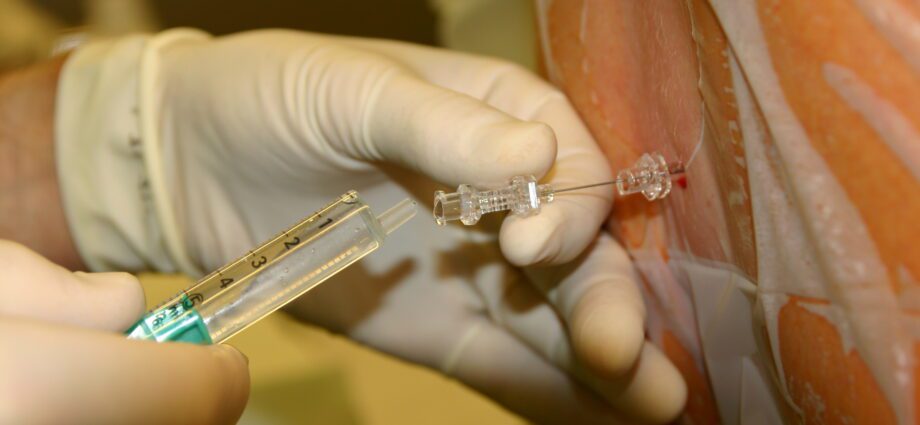Contents
Why do a spinal anesthesia?
The intervention
The indications for spinal anesthesia are very numerous, provided that the duration of the operation does not exceed 180 minutes.
As it can anesthetize the lower part of the trunk and the lower limbs, it is used for example for:
- orthopedic surgery of the lower limbs
- emergency or scheduled cesarean section
- obstetric surgeries (hysterectomy, ovarian cysts, etc.)
- visceral surgeries (for organs in the lower abdomen, such as the colon)
- the Csurgeries lower urological (prostate, bladder, lower ureter)
Compared to epidural anesthesia, spinal anesthesia has the advantage of being implemented and acting more quickly and of being associated with a lower percentage of failures or incomplete anesthesia. It causes a more complete anesthesia and the dose of local anesthetic is less important.
However, during epidural anesthesia, placing a catheter offers the possibility of prolonging the duration of the anesthesia (by re-administering the drug as needed).
The patient can be seated (forearms resting on the thighs) or lying on their side, doing the “round back”.
After disinfection of the skin of the back (with iodized alcohol or betadine), the anesthetist applies a local anesthetic to put the skin to sleep. He then inserts a thin beveled needle (0,5 mm in diameter) between two lumbar vertebrae, at the bottom of the spine: this is a lumbar puncture. The local anesthetic is slowly injected into the CSF, then the patient lies on their back with the head elevated.
During anesthesia, the patient remains conscious, and his vital signs are checked regularly (pulse, blood pressure, breathing).
What results can we expect from a spinal anesthesia?
Spinal anesthesia provides rapid and complete anesthesia of the lower body (in about 10 minutes).
After the anesthesia, some side effects may be felt, such as headache, urine retention, abnormal sensations in the legs. These effects are short-lived and can be reduced by taking painkillers.
Read also : All you need to know about the ovarian cyst |










